The brightest moon in almost 69 years is lighting up the sky in a treat for star watchers around the globe.
The phenomenon known as the supermoon reached its peak luminescence in North America before dawn on Monday. Its zenith in Asia and the South Pacific was Monday night. Across the international dateline in New Zealand, it was to reach its brightest after midnight Tuesday local time.
The moon orbits the Earth in an oval shape. The moon will be at its brightest this week because it is coming closer to the Earth along its elliptical orbit than at any time since January 1948. The supermoon will also bring stronger than usual high tides, followed by plunging low tides the next morning.
Viewers can expect to see a moon about 14 percent larger in diameter and about 30 percent brighter than when it’s at its furthest distance from the earth. It won’t be as big and bright again for another 18 years.
NASA says its closest approach occurred at 6:21 a.m. EST Monday when the moon comes within 221,523 miles. That’s from the center of the Earth to the center of the moon.
According to the astronomy website earthsky.org, the term supermoon entered usage five years ago when the closest full moon fell on March 19, 2011. The scientific term is perigee full moon.
In 2034, the moon will come even closer, within 221,485 miles. That, too, will be a supermoon.
Send questions/comments to the editors.

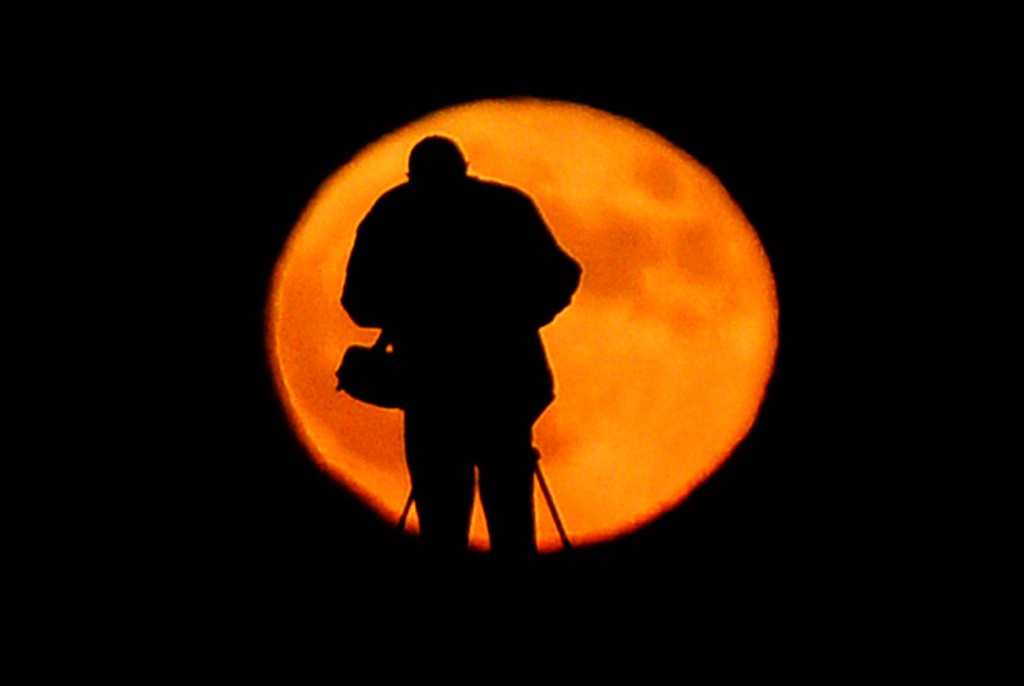
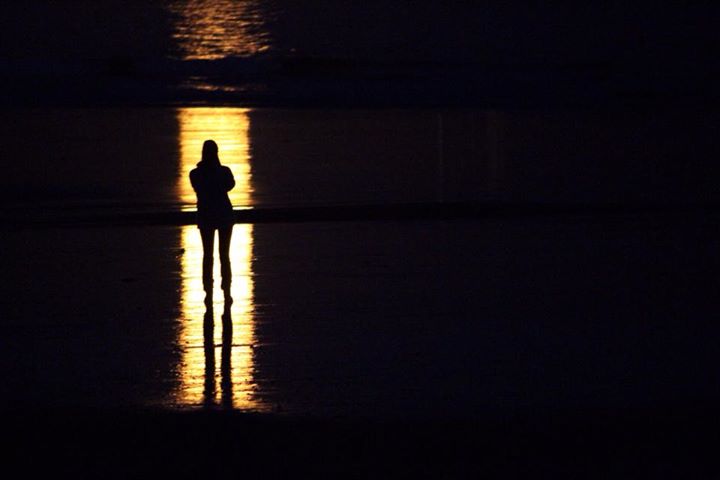


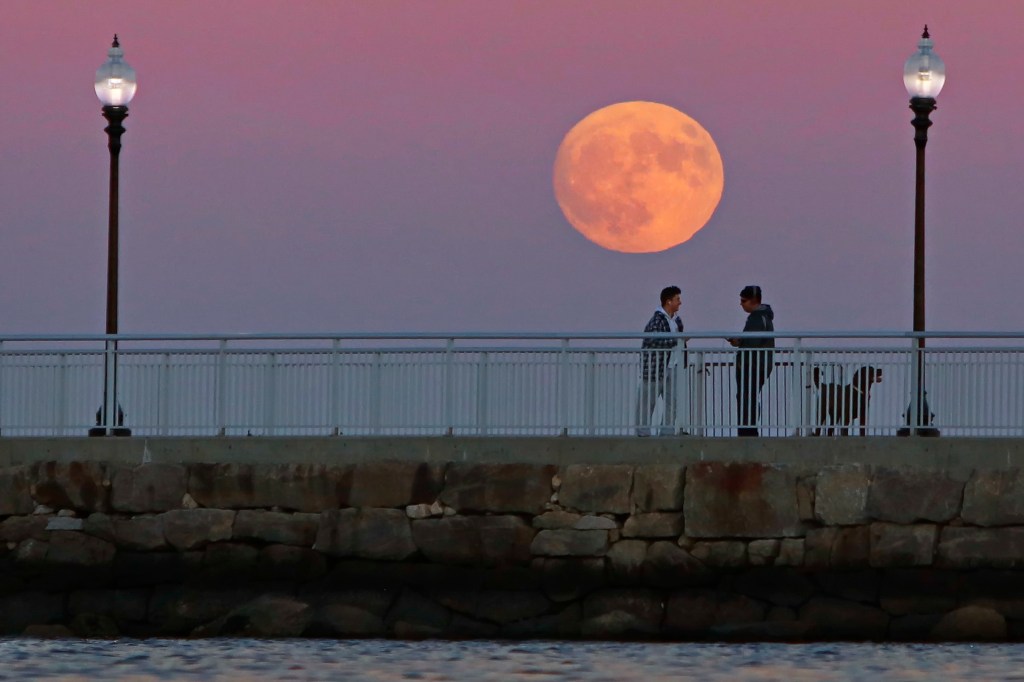


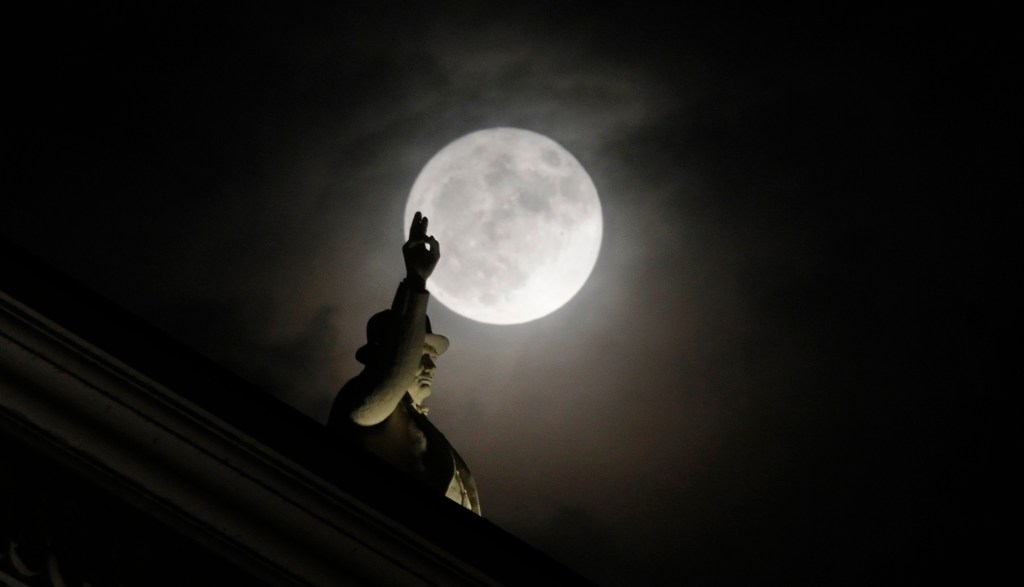
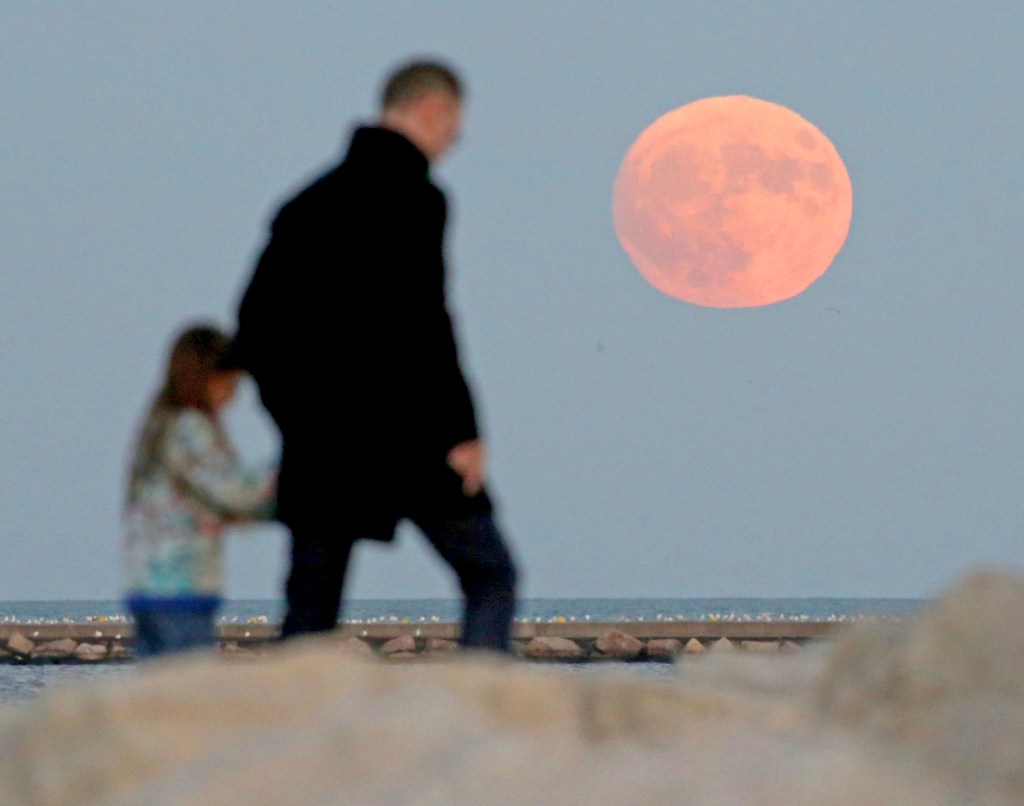

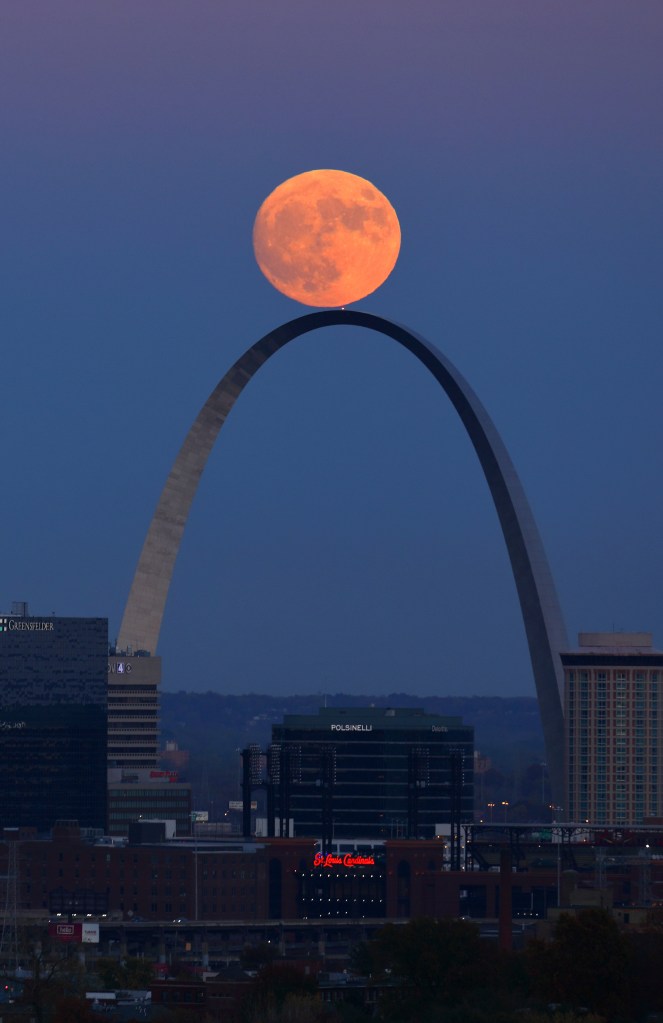


Success. Please wait for the page to reload. If the page does not reload within 5 seconds, please refresh the page.
Enter your email and password to access comments.
Hi, to comment on stories you must . This profile is in addition to your subscription and website login.
Already have a commenting profile? .
Invalid username/password.
Please check your email to confirm and complete your registration.
Only subscribers are eligible to post comments. Please subscribe or login first for digital access. Here’s why.
Use the form below to reset your password. When you've submitted your account email, we will send an email with a reset code.